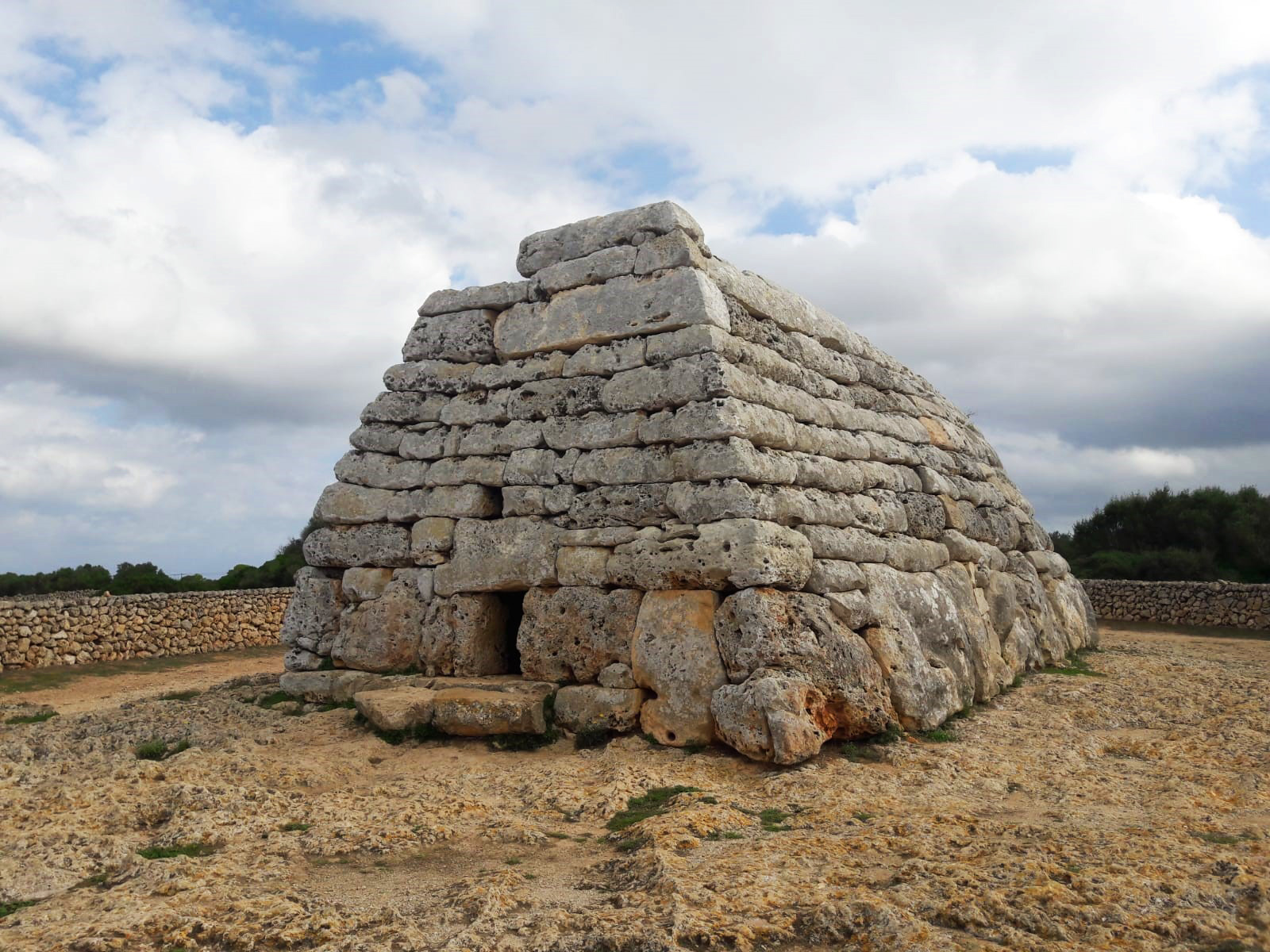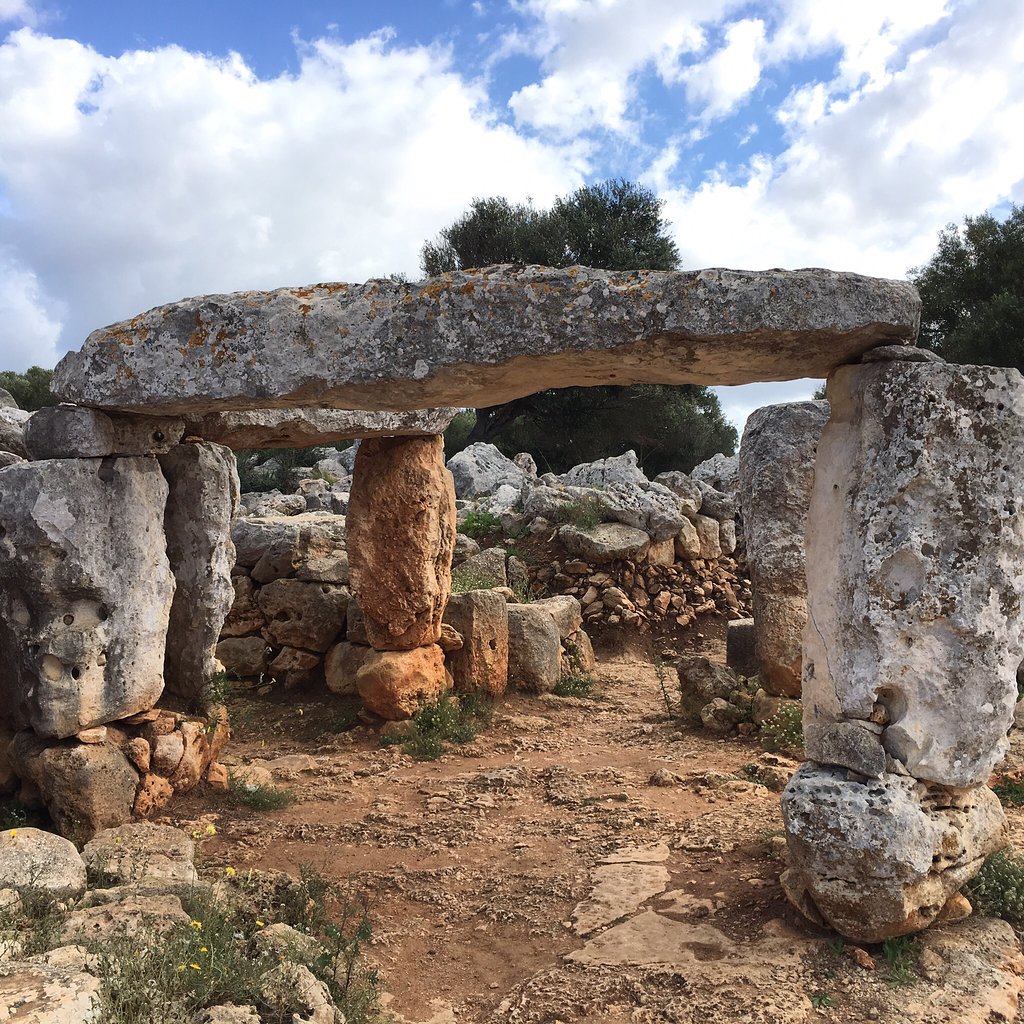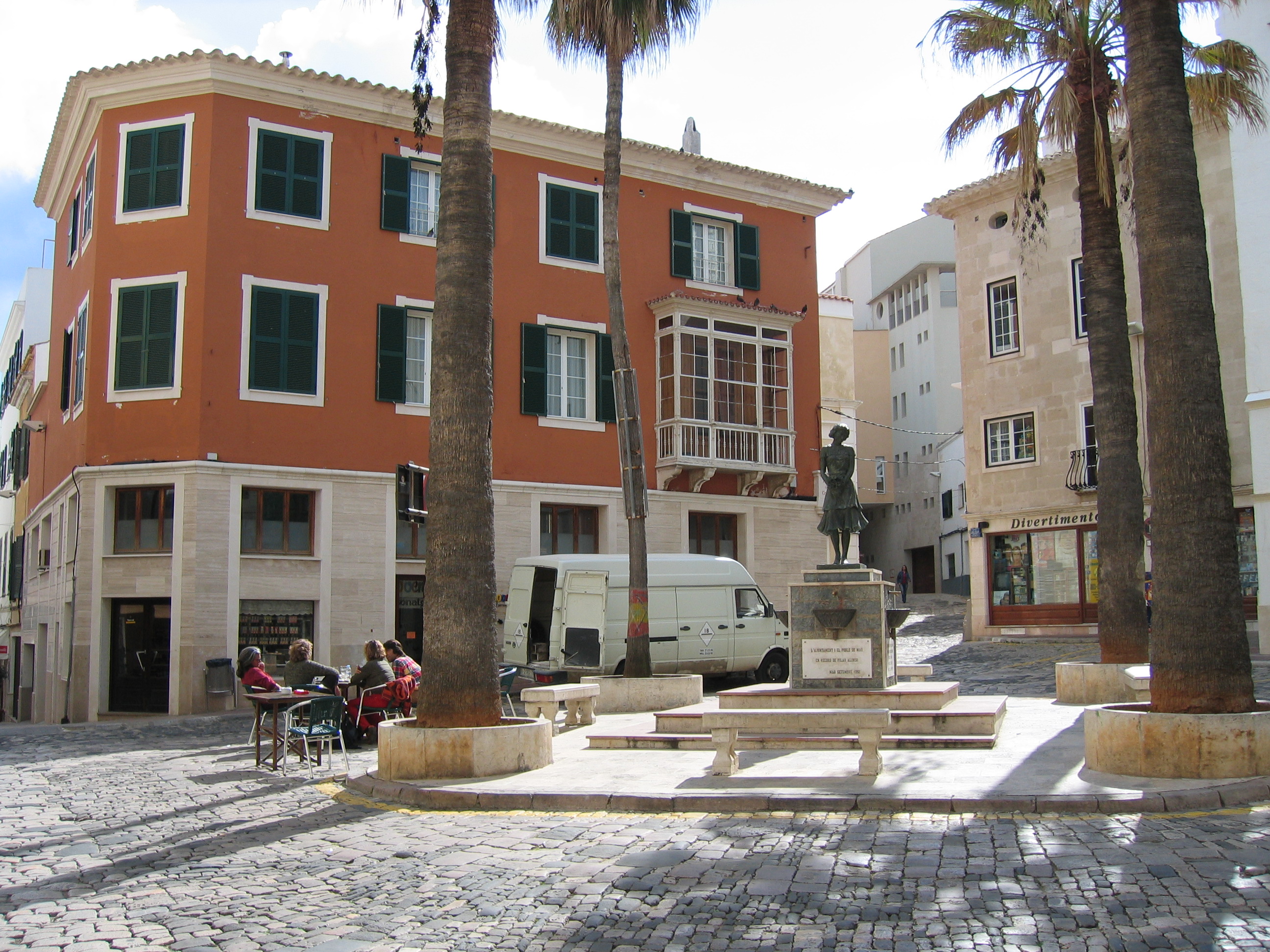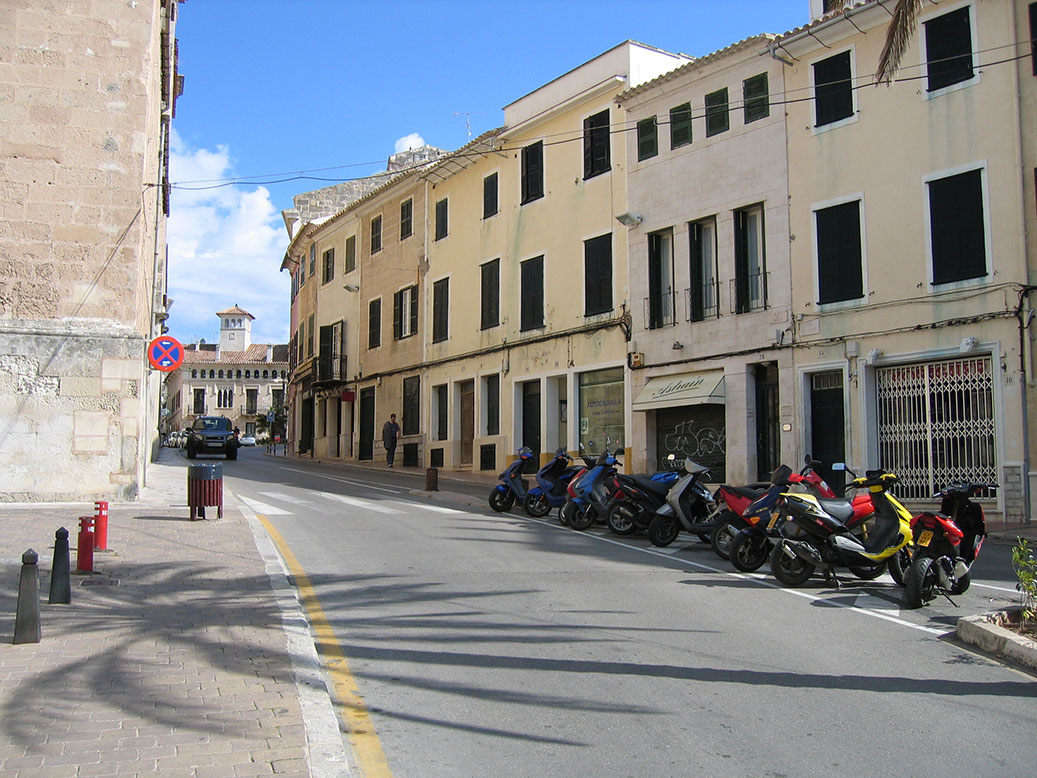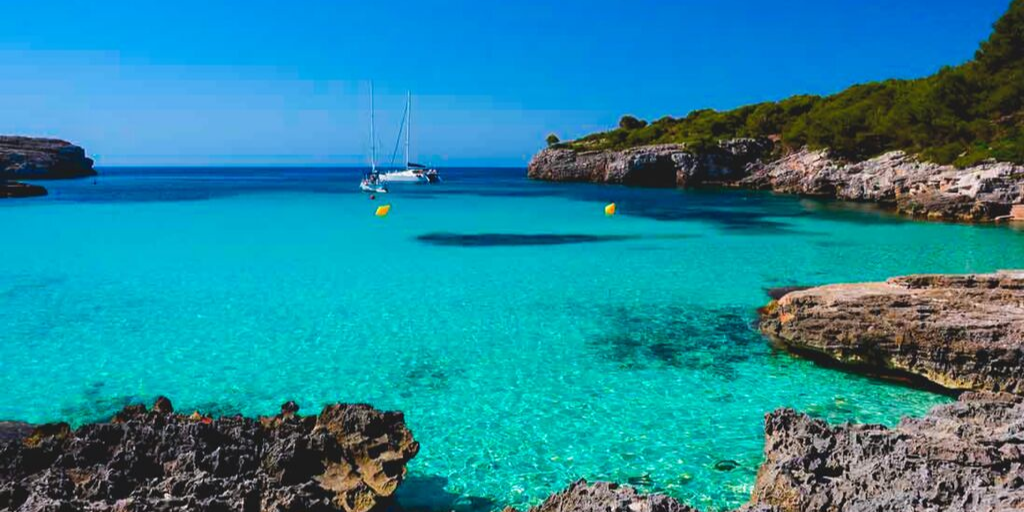15th November 2019
Menorca is much more than just stunning unspoilt calas, turquoise blue waters and distinct coastlines, with multiple waves of invasion, settlement and colonisation, Menorca offers so much history in such a small space. With towns that reflect the legacy of British occupancy to pre-historic monuments scattered around the island, spend a day or two exploring the island and learn about how its history has transformed the island to what it is today.
"Menorca’s position at the heart of the Mediterranean has been a pivotal point of the development of trade and growth of civilisation ever since the first settlers from mainland Spain came here in the early Bronze age.” -
Responsible Travel
"It is believed that the first settlers were from the Spanish mainland, and the island can claim the greatest concentration of well-preserved places of prehistoric culture in the world.” -
The Independent
There are more than two thousand megalithic monuments scattered around Menorca, which is the largest number of sites of any Mediterranean island.
To Visit: Megalith Monuments in Menorca
The Navetes: which means small boat, is made of large blocks of stone and were used as burial chambers. The most well-known and best preserved on the island is the
Naveta des Tudons which is around 5km from Cuitadella.
The Talaiots: are moulds of stone which are often situated on hills or mounds. Their exact purpose is still unclear but in some of the Talaiots human remains have been found. The largest on the island is
Trepuco, which is on the south of the island.
Taules: Meaning table in Catalan, these large monuments are formed of 2 large blocks, the largest at Torralba d’en Salor weighing approximately 25 tons. One of the most interesting monuments is the Torre d’en Gaumes settlement in the centre of the island on a hillside. It’s believed to have been constructed around 1500 BC.
After peaceful co-existence with Greek and Phoenician traders, Menorca experienced its first invasion when the Carthaginian warrior Magón who came to the island (Mahón is supposedly named after him). The Romans drove out the Carthaginians in 123 BC and renamed the island Minorica.
In 903AD the island was captured by the Moors and became part of the Caliphate of Cordoba under Islamic rule and this is where the common Menorcan place name beginning with bini (meaning son of) dates from this period.
Ciutadella, which became the island’s capital during this time has the best influences of Moorish architecture, but a lot of the city was destroyed on the 9th of July 1558 during the Turkish invasion and much of the city was rebuilt in the 17th century.
To visit: Ciutadella
Spend a day exploring Ciutadella which is on the west coast of the island. Discover the old quarter, medieval streets and gold-tinged buildings, and stop off for lunch in one of many top-rated restaurants.
In 1708 the first British troops landed on the island and one of the first acts taken by Richard Kane, the first British governor, was to move the capital from Ciutadella to Mahón to take advantage of its excellent harbour. The first period of British rule was from 1708 – 1756 and Kane abolished the Inquisition considerably reducing the influence of the church. Kane also built schools, reservoirs and hospitals and the central road between Mahon and Ciutadella, which is still known as ‘Kane’s Road’, and introduced Fresian cows, gin and progressive reforms.
The biggest natural port in the Mediterranean and second only to Pearl Harbour in the world. Explore the buzzing and picturesque capital and see the reflection of the island’s various occupations. Take a boat tour around the harbour or visit the Museum of Menorca, or if you want something a bit more relaxing, visit the local markets or go shoe shopping for the island’s famous sandals!
Streets of Mahón with bow-fronted houses and sash windows
La Mola Fortress Isabel II
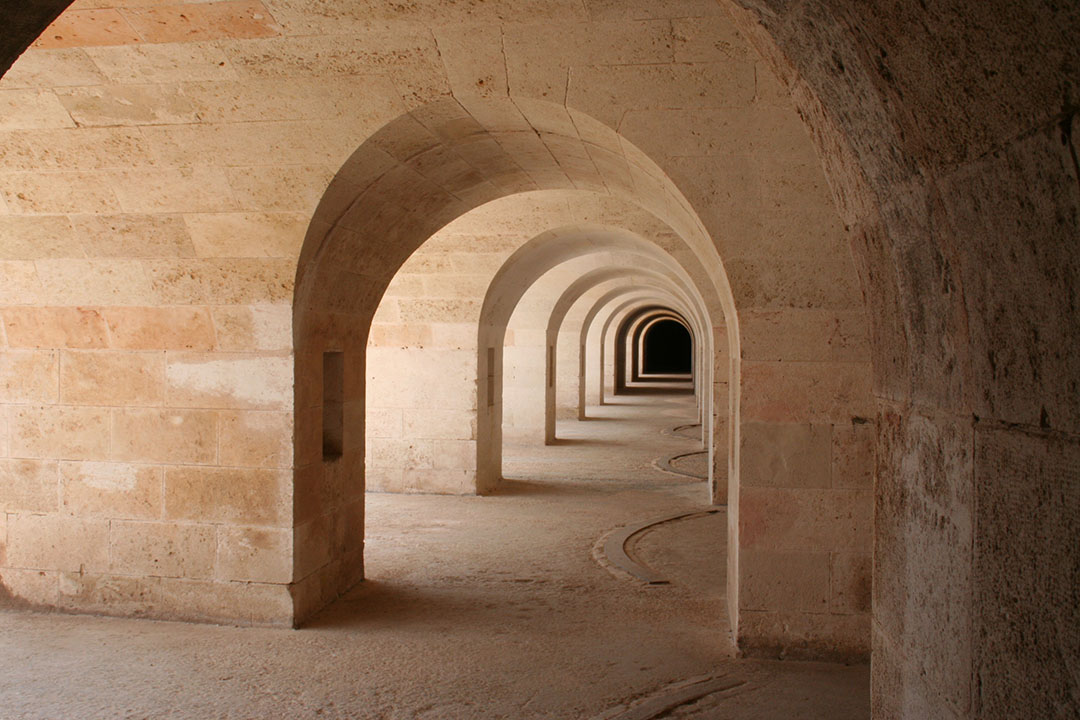
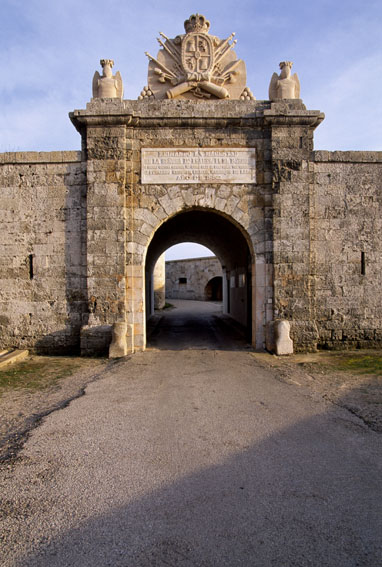
"The military importance of Mahón harbour has been obvious for centuries, especially since the Sixteenth Century, in which political conditions converted the harbour into a port of call for the Spanish Crown’s connections with its Italian possessions. Later, during the British dominion of Minorca, it became the English fleet’s Mediterranean support harbour, and lastly, in the Nineteenth Century, it was the crossroads of the French shipping route between Toulon and Algiers and the English shipping route in the Mediterranean between Gibraltar and Malta." - La Mola
In 1756 French troops invaded Menorca leaving the British troops to retreat, and for the next 50 years, ownership of the island alternated between disputing superpowers of Europe.
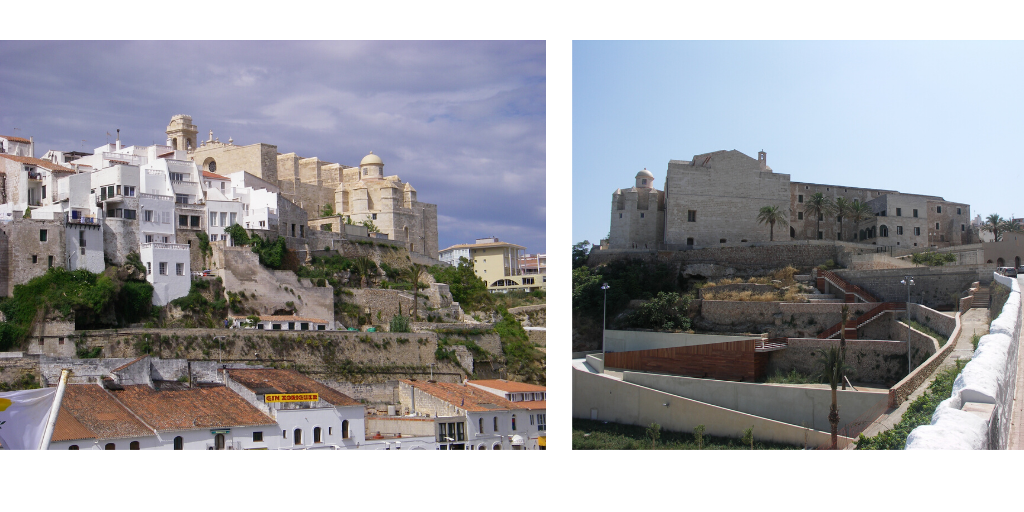
To Visit: Sant Lluis
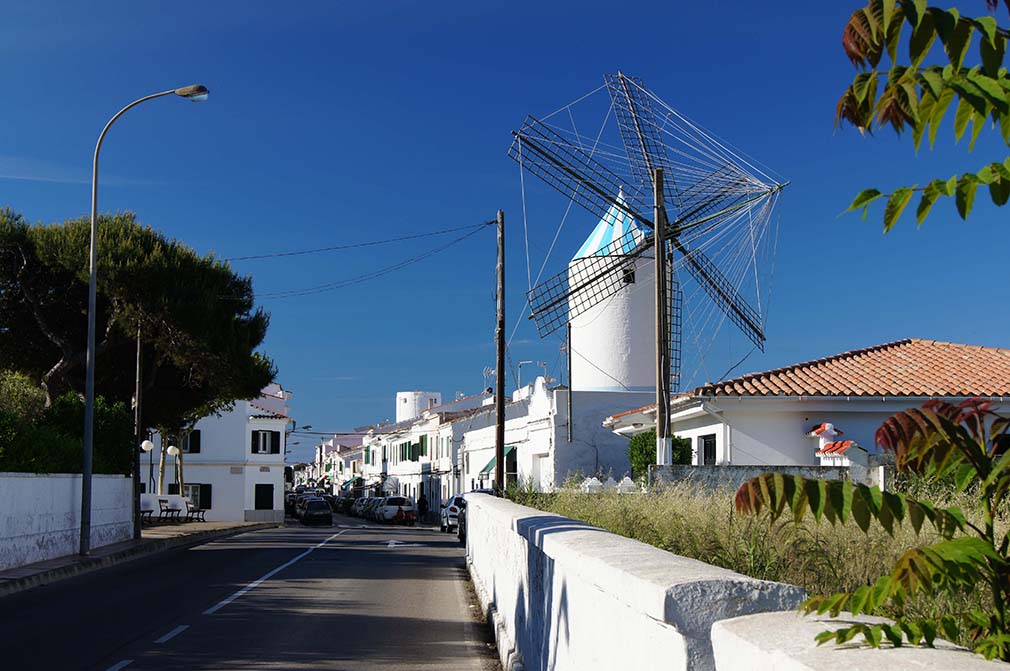
Sant Lluís, a bright, white, grid-pattern inland town, was built by the French during their brief occupation of Menorca between 1756 and 1763. There were originally three windmills in the town, but the beautifully restored Molí de Dalt, constructed in 1762, is the only one left. There is an ethnological museum within is dedicated to the history of this mill and explores its importance to the town with exhibits of old tools and crafts and information about the life of the villagers.
In 1802 Menorca was returned to Spain and over the 19th century, the island became more prosperous, gaining international recognition for high-quality shoe production, textile spinning and sliver purse manufacture. During the Spanish Civil War of 1936 Nationalist troops invaded the island and caused severe suffering and reprisal yet due to Franco’s desire to punish Menorca by withholding public money for infrastructure development, it, in turn, helped the island preserve its pristine nature and landscapes. In 1977 2 years after Franco’s death, the island emerged from 40 years of dictatorship.
A holiday here should not only be spent relaxing on the pretty beaches but spent also learning about how Menorca has become what it is today. Only 702 square kilometres wide, it's amazing how such a small island offers such history, discover the island with us in 2020 and book yourself a memorable villa holiday.
Get in touch using this enquiry form and a member of our knowledgeable team will help you find your perfect villa holiday and you can start planning your trip to Menorca.
